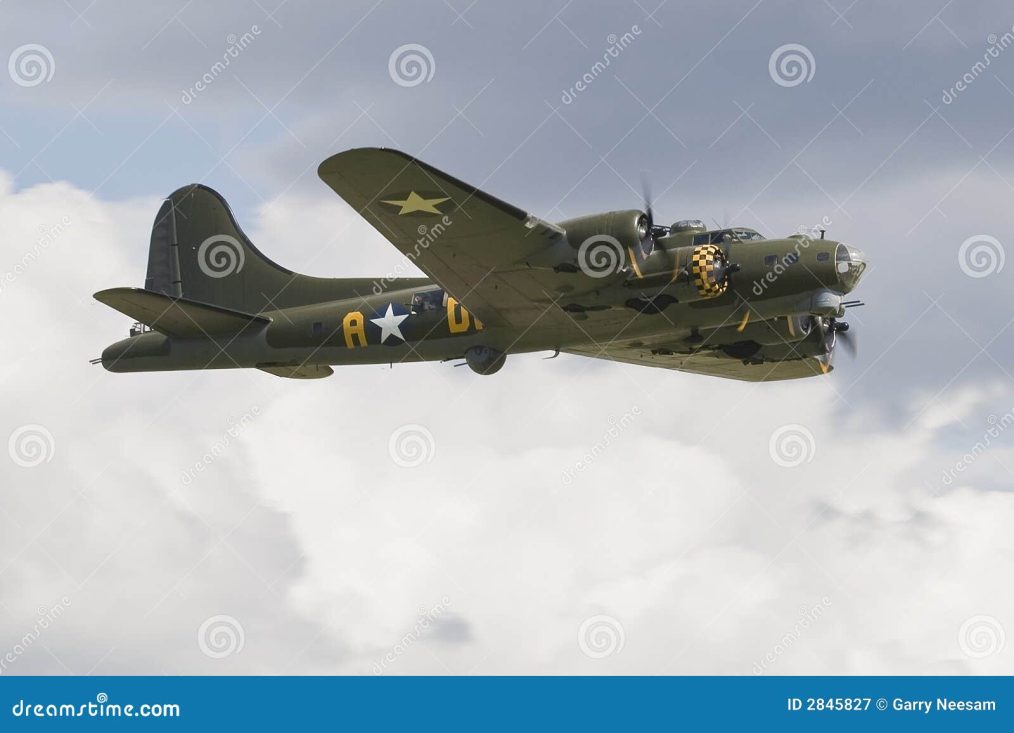
How the 8th Air Force defeated the Luftwaffe
The B-17 Flying Fortress, hailed as a potential war-winning weapon, faced a harsh reality by the end of 1943. The American 8th Air Force, heavily relying on these iconic bombers, found themselves teetering on the edge of operational collapse. The menacing combination of German anti-aircraft flak and agile fighter planes systematically shot down B-17s in alarming numbers, forcing a reckoning with the impracticalities of existing strategic bombing doctrines.
As the aerial warfare landscape became increasingly perilous, the United States recognized the urgent need for a comprehensive overhaul in leadership, tactics, and technology. In a mere year, the 8th Air Force underwent a remarkable transformation, emerging as masters of the skies over Europe and dealing a decisive blow to the formidable German Luftwaffe.
The catalyst for this turnaround was a multifaceted approach. Firstly, leadership underwent a strategic shift, with seasoned commanders implementing innovative and adaptive tactics. This change in mindset was crucial, as it allowed for a departure from predictable flight patterns that had previously made the B-17s vulnerable to German defences.
Tactical evolution played a pivotal role in the 8th Air Force’s resurgence. Pilots and crew members embraced new formations and defensive manoeuvres, enhancing the survivability of their missions. The adoption of tighter formations, such as the famous “combat box,” maximized the firepower of the B-17s while minimizing their vulnerability to enemy attacks.
Technological advancements also played a crucial role in turning the tide. The introduction of long-range fighter escorts, most notably the P-51 Mustang, provided the B-17s with much-needed protection deep into enemy territory. The extended range of these fighters allowed them to accompany the bombers throughout their entire mission, ensuring a continuous shield against marauding German fighters.
Additionally, improvements in radar technology and the development of electronic countermeasures allowed the 8th Air Force to gain a significant edge in the electronic warfare domain. This denied the Luftwaffe the element of surprise and enabled American bombers to navigate through hostile territory with greater precision.
In essence, the triumphant turnaround of the 8th Air Force can be attributed to a holistic approach that encompassed leadership adaptability, tactical innovation, and technological superiority. This transformation not only safeguarded the B-17s but also paved the way for a strategic dominance that played a pivotal role in the ultimate defeat of Nazi Germany. This video explores the intricacies of these changes, shedding light on a crucial chapter in the history of aerial warfare during World War II.




